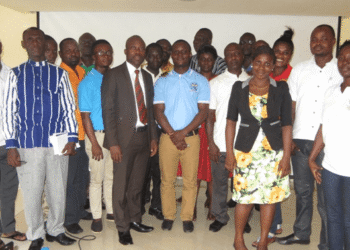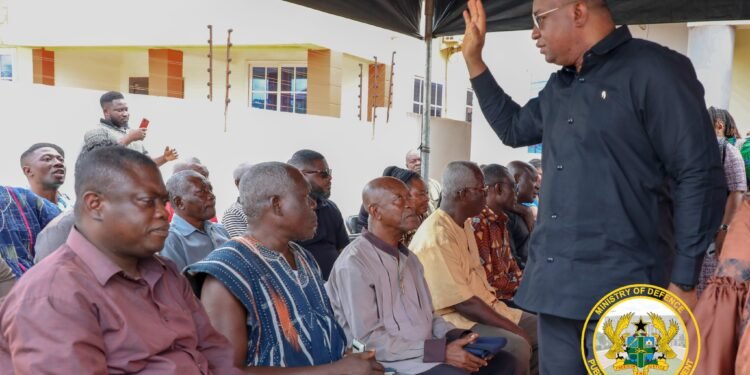In the first half of 2024, the Ghanaian government borrowed a staggering GH¢115.77 billion from the treasury market.
The amount marks a 70.22% increase over the same period last year, reflecting the government’s aggressive borrowing strategy amid ongoing economic challenges. Despite the significant borrowing, the total bids received from investors reached GH¢116.07 billion, indicating robust investor confidence in government securities.
The Ghanaian money market continued its upward trajectory during the first half of 2024, demonstrating resilience and growth despite the country’s economic difficulties. Investors showed a strong appetite for treasury bills (T-bills), using them as a tool to balance the long-term risk associated with Government of Ghana (GoG) bonds while securing competitive real returns.
One of the notable trends in the first half of 2024 was the sharp decline in interest rates on T-bills. This drop was largely attributed to a positive inflation outlook and an earlier 100 basis points cut in the monetary policy rate in January 2024. The yields on 91-day and 182-day T-bills decreased significantly, by 449 basis points and 515 basis points respectively, ending at 24.87% and 26.80% as of June 2024. Similarly, the 364-day yield fell by 470 basis points to 27.79%.
The government’s strong demand for money market funding was evident with record weekly uptakes, further driving down interest rates. This trend has been beneficial for the government’s borrowing costs and indicates a stabilizing economic environment.
Surge in Bond Market Activity
Meanwhile, the secondary bond market in Ghana also saw a resurgence, with a 67.63% increase in turnover from the previous week, reaching GH¢1.5 billion. This surge was dominated by trading in the February 2027 and February 2033 maturities, which accounted for 21.69% and 23.52% of the total volume, respectively. The overall volume exchanged rose by GH¢610 million, underscoring the renewed interest and activity in the bond market.
The short end of the Local Currency Yield (LCY) curve was particularly active, accounting for 56.48% of the total market turnover. The middle and tail ends of the curve contributed 43.47% and 0.05%, respectively. Analysts predict that repo exchanges will continue to drive market activity, with a focus on T-bills and the shorter end of the yield curve.
Investor sentiment remained strong throughout the first half of 2024, as evidenced by the substantial bids for government securities and the booming money market. The decline in interest rates is a positive signal, reflecting improved inflation expectations and effective monetary policy measures. This environment has encouraged investors to maintain a strong appetite for T-bills, balancing their portfolios against the risks associated with longer-term GoG bonds.
The secondary bond market’s rebound is another positive development, suggesting increased liquidity and investor confidence in Ghana’s debt instruments. The significant trading volumes in February 2027 and February 2033 maturities highlight a strategic focus on medium to long-term securities, which offer attractive yields relative to the market conditions.
The government’s borrowing strategy in the first half of 2024 reflects its efforts to manage the economic challenges while maintaining investor confidence. The substantial increase in borrowing indicates a need to fund various fiscal initiatives and manage public debt. The successful uptake of government securities by investors showcases the continued trust in Ghana’s economic management and future prospects.
The first half of 2024 has been a period of significant financial activity for Ghana, marked by a substantial increase in government borrowing and a notable decline in interest rates. The money market’s performance and the resurgence in the secondary bond market indicate strong investor confidence and a positive outlook for the economy.
READ ALSO: Mahama’s Aide Calls for Prosecution of Government Officials over SOEs Losses























